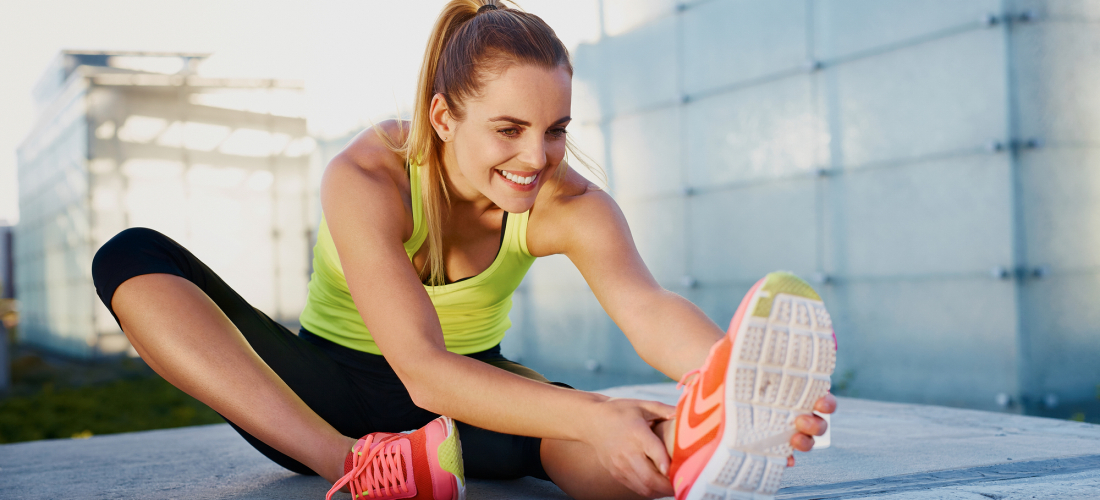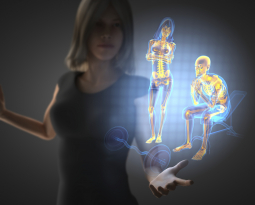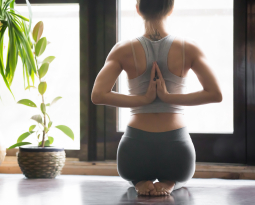
Why Mobility is the New Flexibility
Mobility is a term that describes the ability of the body to move freely and with ease, the joints and fascia move fluidly in synchrony with one another. Various factors can impact the mobility of the body, primarily the patient’s postural presentation.
Stretching vs. Mobility
Many people have been taught to stretch right before athletic activity to increase flexibility of the body. However, research exhibits that stretching before running, lifting weights or performing strength training activities may be ineffective.
According to Gergley (2013), stretching right before lifting weights can make you feel wobblier and weaker. This study suggests that weight lifters should avoid static stretching before doing weight training.
Notably, moving muscles slowly and holding the stretch does not prevent injuries. Instead, the act may impair strength and even reduce the speed of the athlete. Simic, Sarabon, and Markovic, (2012), asserts that stretching right before performing an athletic activity can lower productivity.
These two studies suggest that pre-exercise stretching is not rendered necessary in most cases, in fact in many cases it may be counter productive. However, mobility training is considered essential for sports performance.
Improved Mobility for Pain Reduction and Optimal Function
Patients with mobile joints tend to have more core strength, better coordination, and equilibrated balance. They also present with a decrease in common musculoskeletal conditions such as low back pain and neck pain.
Poor posture, obesity, and a sedentary lifestyle are common factors leading to impaired mobility and dysfunction. Patients who present with obesity have a high mechanical load that impacts their posture adversely and can cause degeneration. Prolonged degeneration with lack of mobility can inflame joints and even lead to debilitating conditions such as arthritis.
To improve mobility patients can perform mobility exercises to localize each of the major joint complexes of the body. Working from the neck down to the feet, the patient can perform controlled neck circles then shoulder circles, elbow circles, and wrist circles of the upper extremity. Then they perform hip circles, knee circles, and ankle circles bilaterally. Mobility circles are affective in localizing major joints of the body that experience stiffness in response to common daily stressors.
Patients can perform this quick mobility sequence before engaging in athletic activity and throughout the day at work. To offset the affects of a sedentary lifestyle, it is important to continually focus on improving mobility and joint movement throughout the patient’s lifespan.
References
Eldercare at home: Mobility problems. (2016). Retrieved July 18, 2016, from http://www.healthinaging.org/resources/resource:eldercare-at-home-mobility-problems/
Gergley, J. C. (2013). Acute effect of passive static stretching on lower-body strength in moderately trained men. Journal of Strength and Conditioning Research, 27(4), 973–977.
Salpakoski A, Portegijs E, Kallinen M, et al.. (2011). Physical inactivity and pain in older men and women with hip fracture history. Gerontology, 57 (1): 19–27.
Simic, L., Sarabon, N., & Markovic, G. (2012). Does pre-exercise static stretching inhibit maximal muscular performance? A meta-analytical review. Scandinavian Journal of Medicine & Science in Sports, 23(2), 131–148.
















